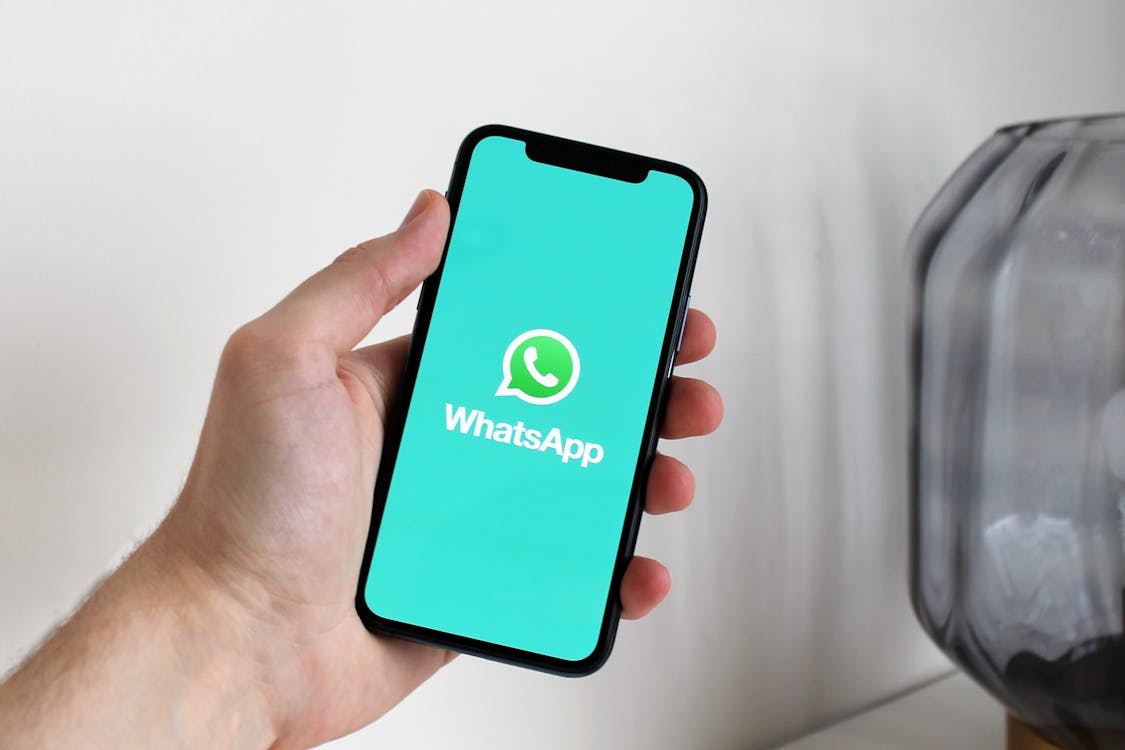Grab your torches and pitchforks, it’s time for the whiteboard to die.
 When the new hires find out you use whiteboards and not OneUp.
When the new hires find out you use whiteboards and not OneUp.
Maybe not in a fashion as violent as this but you get the idea. Whiteboards have long been the cornerstone of a sales floor. We think it’s time for that to change.
Why do we use whiteboards?
Ultimately, whiteboards are used to track performance on the sales floor and motivate sales consultants. But are they really effective at doing so? There are a few good arguments for whiteboards on the sales floor:
- High visibility: more than just an A4 piece of paper, most can be seen from anywhere in the room
- Colourful: if you’re feeling extravagant, you may have a black, red and blue set of pens. Maybe if you’re a real show off - green.
- Interactive: you can write or draw anything on them. Just a simple physical act makes the experience better than simply clicking a button
But there are plenty more against them:
- Dull: they may be visible, but they’re hardly a bright neon sign goading your team with stats and fun figures.
- Messy: that beautiful whiteboard you once purchased quickly goes a murky grey and would look better at the bottom of a swamp.
- Static: they rarely change, only when someone makes the effort to add something and even then, you wouldn’t know they’ve done it at a glance.
- Laborious to use: has someone closed a deal? Great! Now update the whiteboard for the 10th time today.
- Limited: with time, people and performance all fighting for space on the whiteboard, there’s only so much you can show on them.
These are just five reasons to ditch whiteboards but there are a good few more examples of specific use cases in sales teams. Nonetheless, you get the general idea – they’re a bit boring.

Now look, we're a little biased against whiteboards. We’ve grown up in an age where technology has advanced at great speed and think it far surpasses our old friends. This doesn’t mean that companies aren’t using whiteboards effectively.
Just overwhelmingly, we don't think they are getting much out of them when it comes to increasing productivity, retaining talent, and empowering effective management and leadership - the three objectives that form our mission statement at OneUp.
What should we use instead?
1. Create a slideshow that automatically updates
This is the cheap way of using digital displays without purchasing any software.
Essentially all you need to do is create a new Google Slides document and insert a chart which references data from a Google Sheets document. If you’re used to Excel this should be a walk in the park.
The main downside is that someone still has to update a spreadsheet to get the numbers to change. This could be someone in your back office, your sales managers, the reps themselves etc. We think it still results in the problem software like OneUp solves (no manual data entry) but this is a nice alternative.
2. Use WhatsApp, emails and other chat applications

Why does it need to be on a big surface in your office? Most field-based sales teams will use chat applications to notify each other of new deals and other wins in their day-to-day activities. Some use emails too, but it’s very easy for incentive emails to get buried in the midst of more important ones – like ones from their prospects!
This can work great in an office situation too, but be mindful of distracting your sales team. It’s not like they need more reasons to check their phones in a world built around social media.
3. Forget leaderboards; use physical, interactive incentives

Remember the tombola at your school fayre? How about the Wheel of Fortune on TV? We’ve seen a few companies using more interactive elements like these to offer up prizes to salespeople when they close a deal. Whether it’s a free lunch, the director’s car for a week or a toilet roll as a bogey prize, there’s a lot of creativity you can release with these ideas.
Of course, it relies on using another option for showing when deals are closed or when someone progresses on their targets but it’s a nice way of recognising performance.
4. Use a Sales Performance Management Platform. (Like OneUp).

Using a specialised software platform like OneUp does away with all the issues with whiteboards outlined above. Visualisation of live, real-time performance with automated analytics, paired with gamification to fire up some friendly competition and get your team motivated. When it comes to driving productivity and maximising engagement on the sales floor, a whiteboard simply cannot compete.
Watch our demo video here and see OneUp in action.
To summarise, we think whiteboards are a bit archaic in the digital world we live in, but many sales leaders would see you pry their whiteboard from their cold dead hands before they'd even consider replacing them. It will take time but eventually we will move into a world where real-time, highly visual and engaging digital wallboards become the norm, and surpass the limitations of our trusty old friends.
OneUp Sales - building high performance sales teams by increasing productivity, retaining talent, and empowering management across your organisation.